In late May 2021, the Tasmanian Department of State Growth determined that the dolerite boulders above the Tasman Highway were unstable. With 3 days’ notice, Tasmanian Tree Care were brought on board, making the Paradise Gorge cliff stabilisation one of our biggest and most collaborative jobs to date.
Our mission:
With sections of the dolerite deemed unstable, our task was to remove the vegetation from the top of the cliff and to prepare the cliff face for rock removal. Even magma-forged dolerite can be loosened by trees over time as a result of their roots growing into exposed cracks in the rock. As the tree roots undergo secondary growth and their roots thicken, this pressure can wedge open cracks and create instability within the rock structure. Such was the case with the dolerite bolders high above the Tasman Highway.
Our unique skillset:
The ability to work at heights with chainsaws is a unique combination of skills. As such, we are able to fill special industrial niches. Added to this is our experience in adverse weather conditions, and our ability to solve complex rigging problems.
By working in-step with special rope technicians, Tasmanian Tree Care were the right fit for the job at hand.
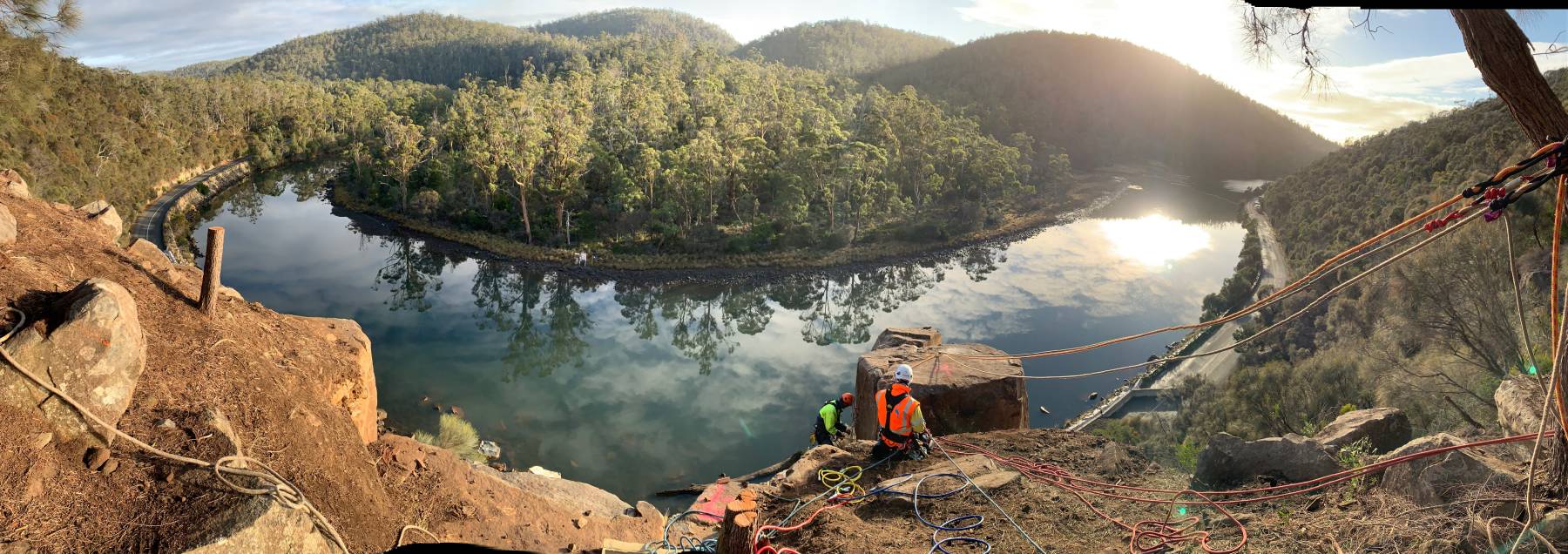
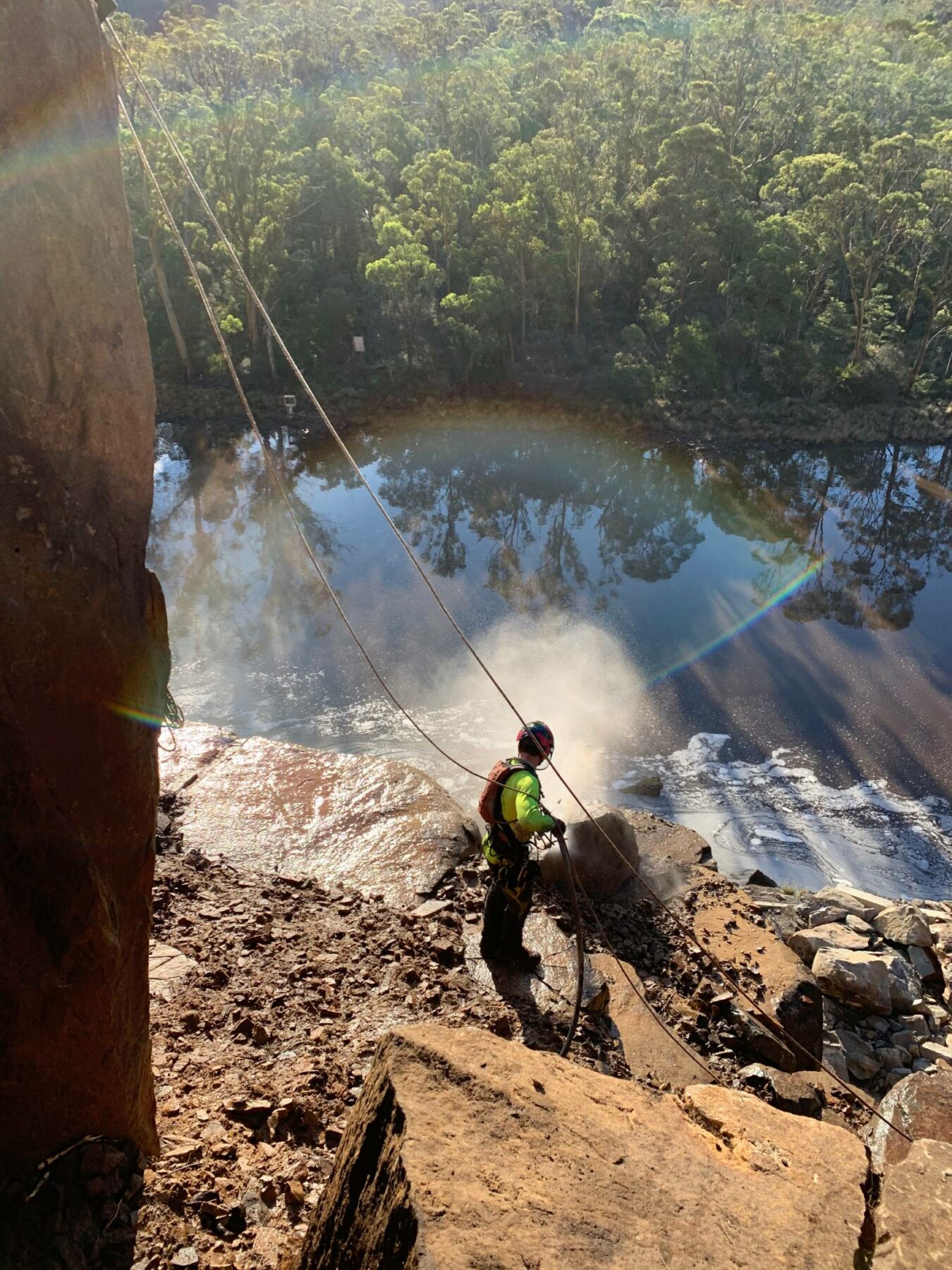
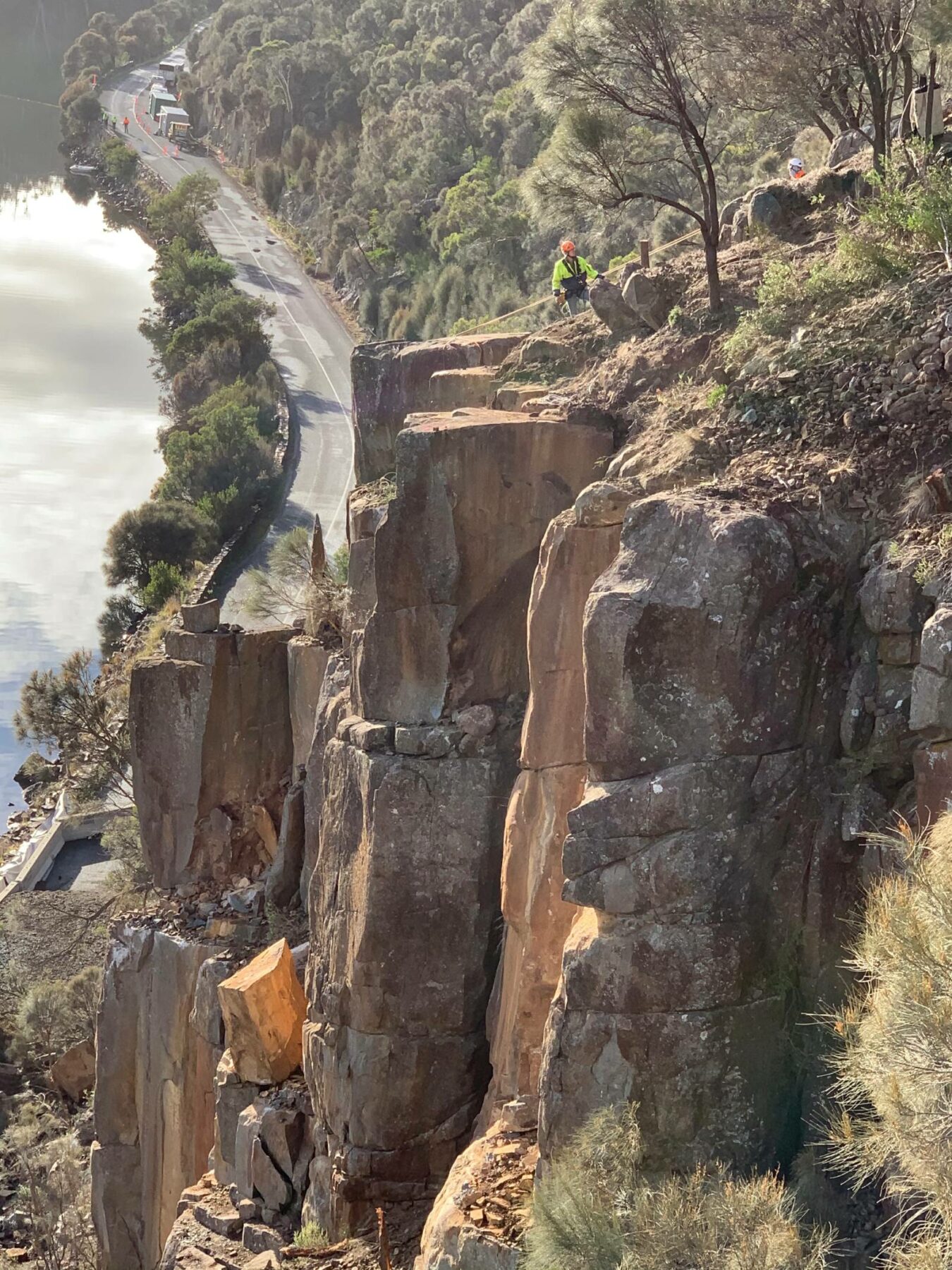
Duties and responsibilities:
Primarily, our role was to remove vegetation from the cliff top and cliff face. From there, we acted in a support role with rope access technicians Spidertech to remove the unstable boulders.
Preventative measures to control future falling debris also fell into our scope of work, as we installed rock netting at the base of the cliff to protect the motorway.
Partners:
The Tasmanian Department of State Growth also enlisted a number of specialists to help complete the Paradise Gorge cliff stabilisation.
Geotechnical experts Pitt & Sherry were the experts behind identifying the boulders that posed a threat to this section of the road, while specialist surveyors from Veris teamed up with other industry experts to conduct a detailed survey of the cliff face. The result was a comprehensive 3D model which was used to identify, assess and monitor the stability of the rocks and to track the progress of the project.
As mentioned previously, rope access technicians Spidertech were on point with expert rope access solutions and height safety.
Methodology and more:
Despite the unconventional nature of the job, conventional tree climbing and rope access solutions were used to access the vegetation. Once all vegetation had been cleared from the affected area, Kevlar lift bags were inserted into the gaps between the unstable boulders. By gradually inflating these bags, targeted rocks were pushed inch-by-inch until they toppled off the cliff. This is a highly effective method, with some of these rocks weighing around 60-90 tonnes each.
With the larger boulders removed, a high-flow remote firefighting water pump was used to spray the remaining stones and debris from the cliff face. Later, netting was installed at the base of the cliff to prevent debris from falling onto the road in the future.
7 weeks later the Tasman Highway was reopened to traffic.
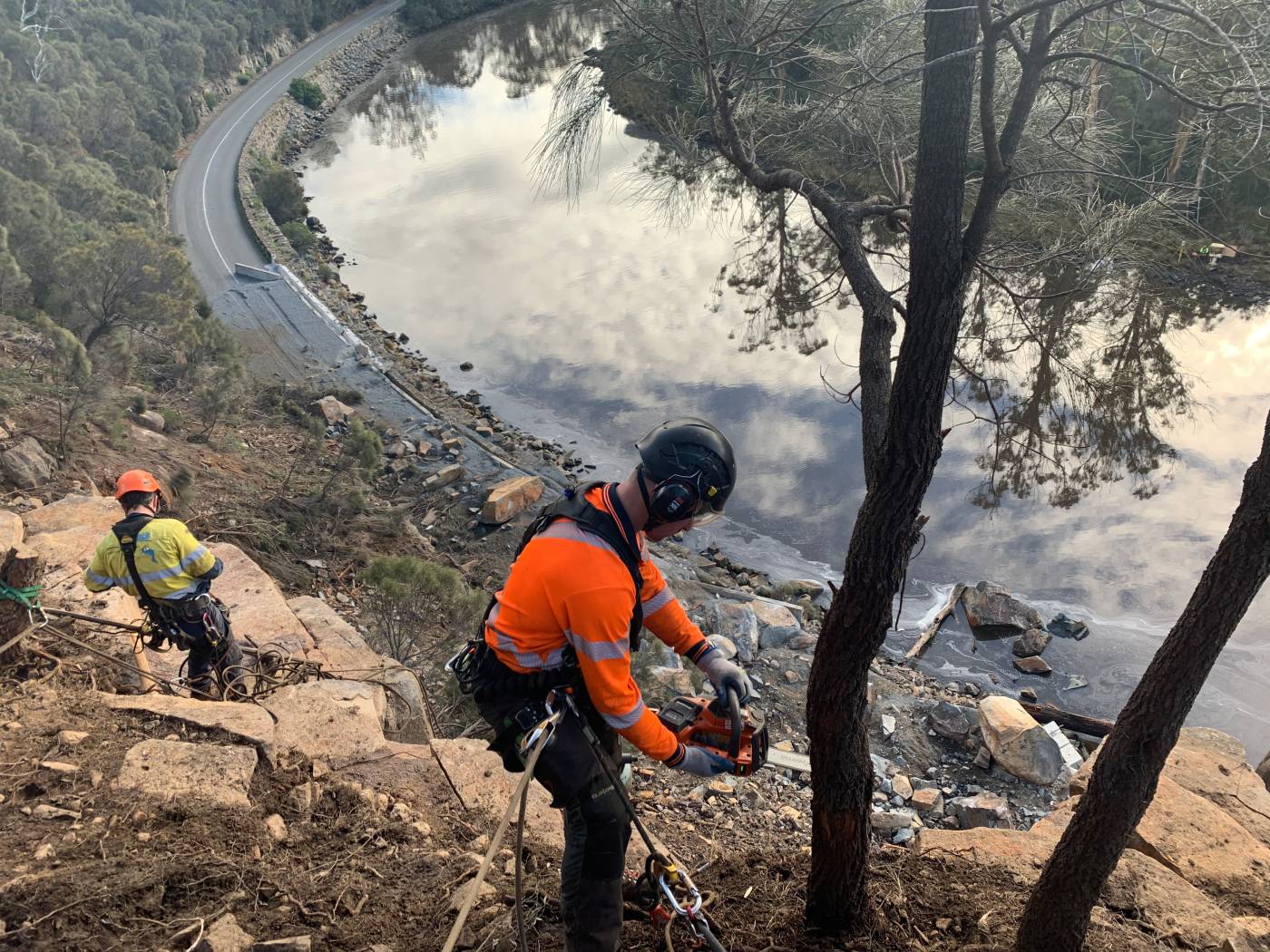
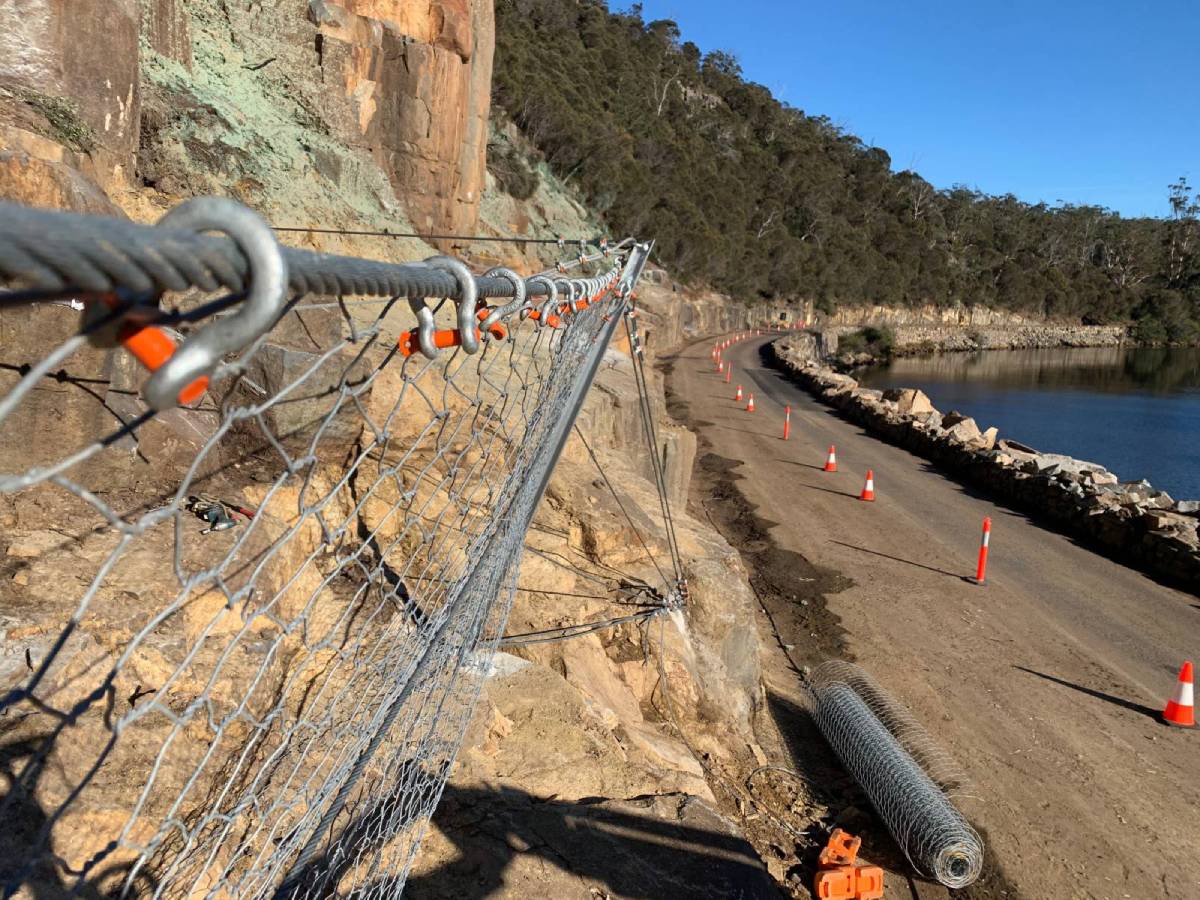
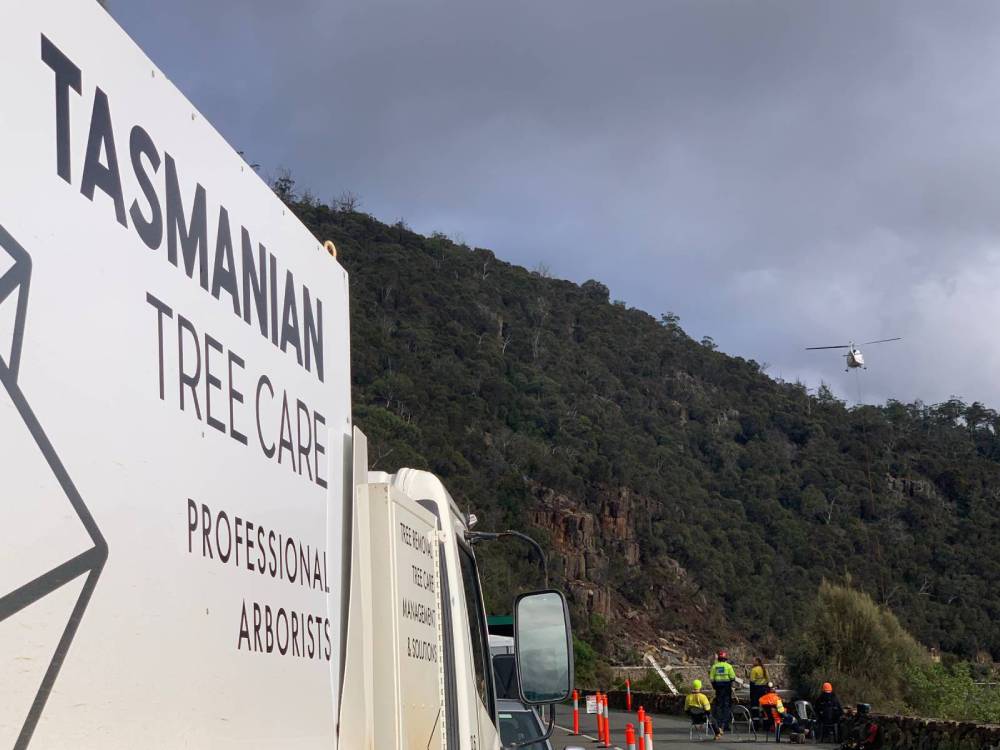
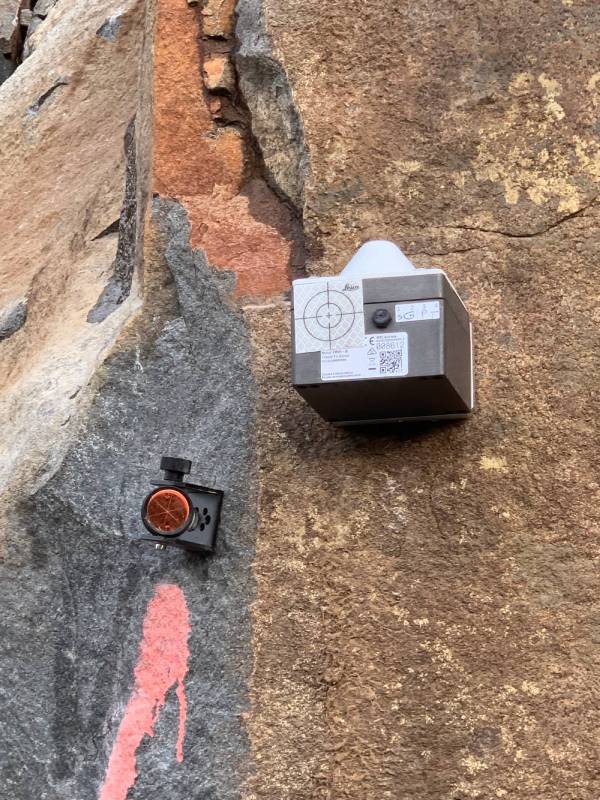
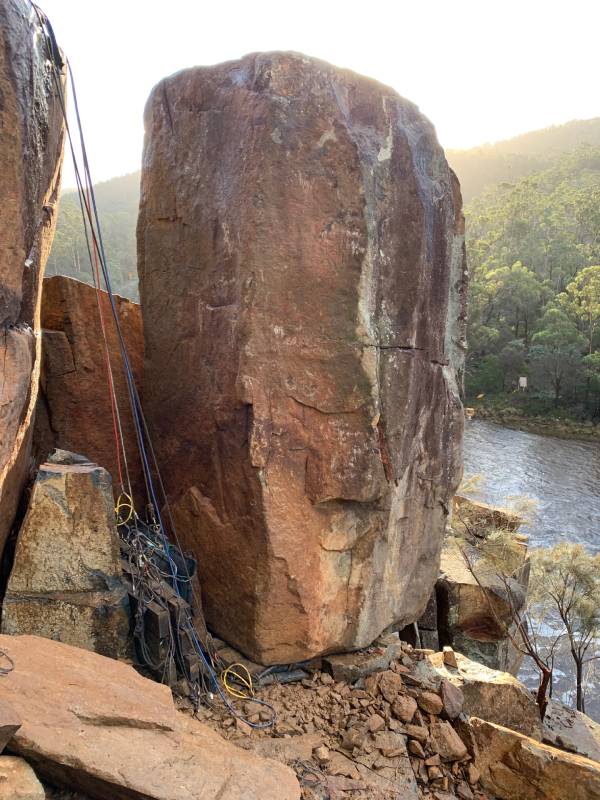
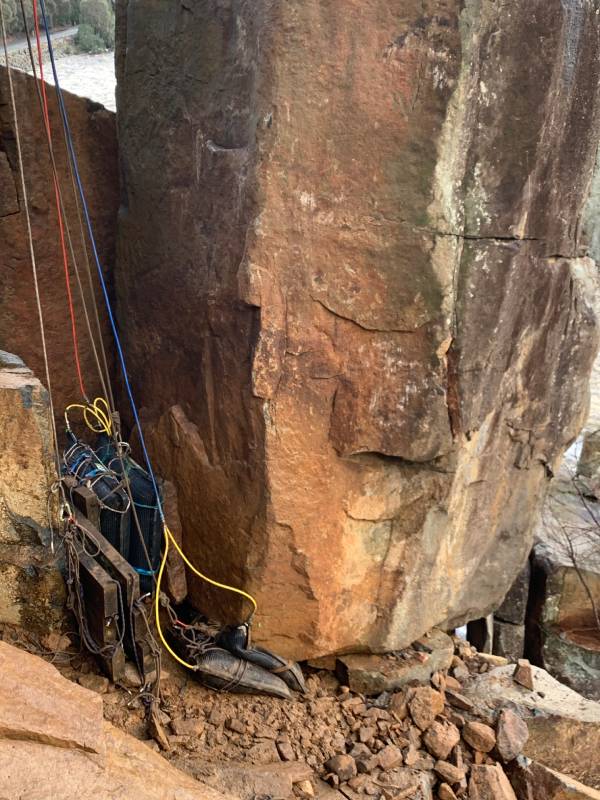
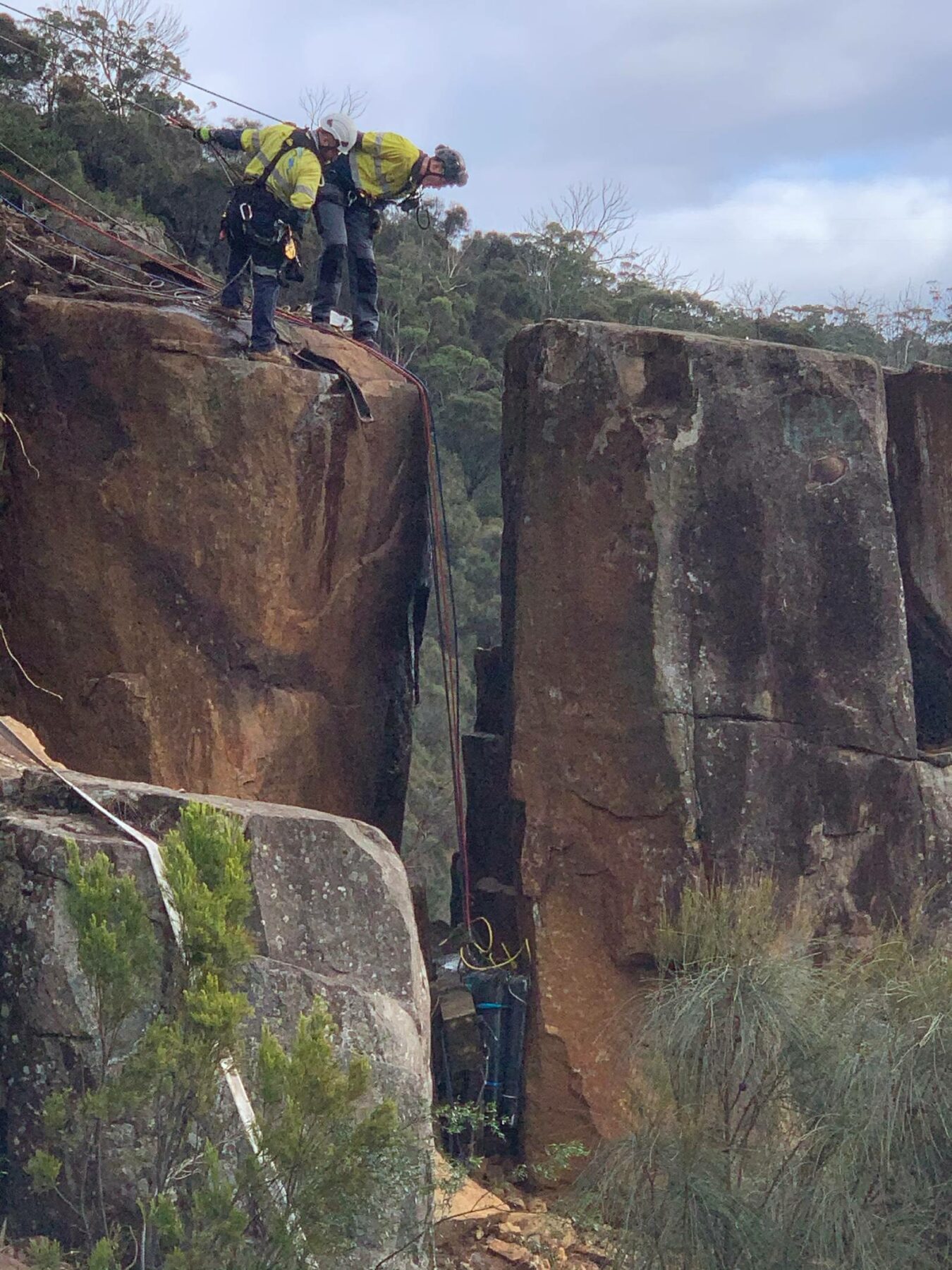
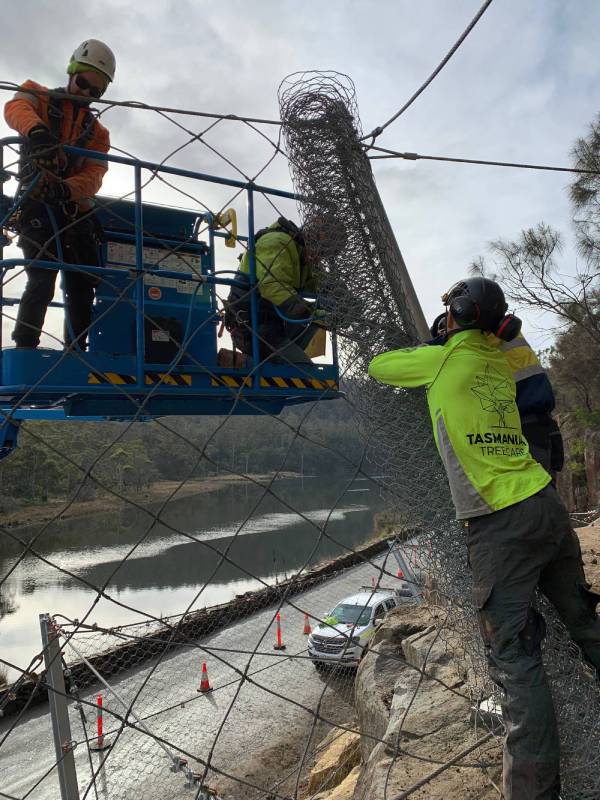
Learn more about the events surrounding the project in the article below.

